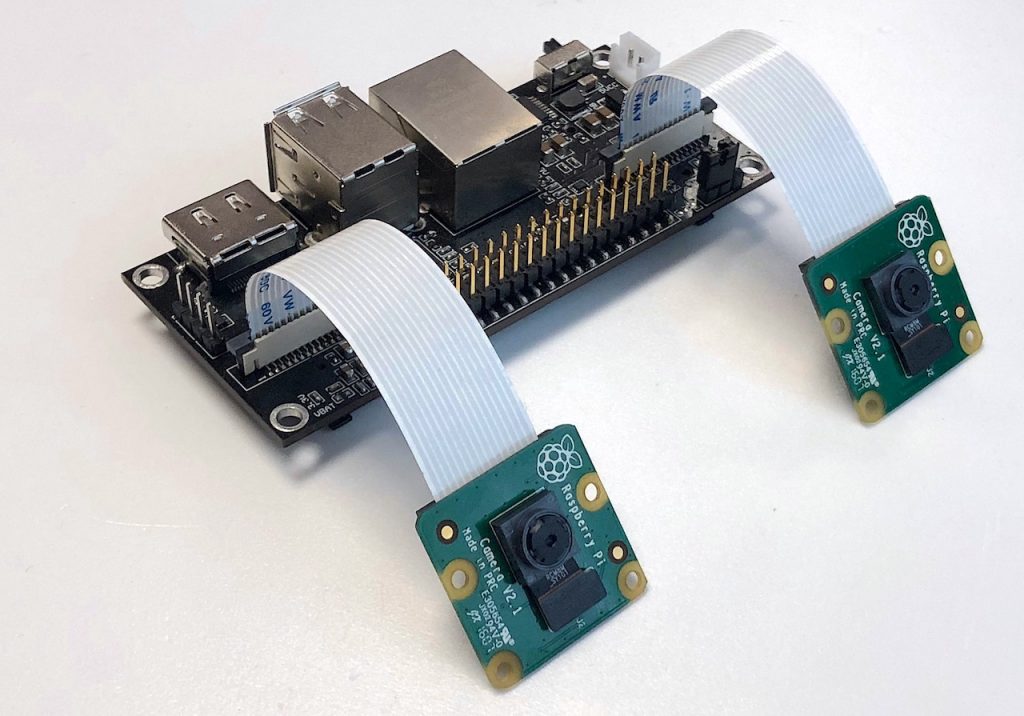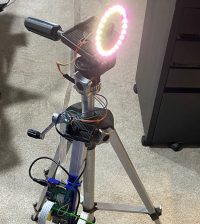- makeITcircular 2024 content launched – Part of Maker Faire Rome 2024Posted 2 weeks ago
- Application For Maker Faire Rome 2024: Deadline June 20thPosted 2 months ago
- Building a 3D Digital Clock with ArduinoPosted 7 months ago
- Creating a controller for Minecraft with realistic body movements using ArduinoPosted 7 months ago
- Snowflake with ArduinoPosted 8 months ago
- Holographic Christmas TreePosted 8 months ago
- Segstick: Build Your Own Self-Balancing Vehicle in Just 2 Days with ArduinoPosted 8 months ago
- ZSWatch: An Open-Source Smartwatch Project Based on the Zephyr Operating SystemPosted 9 months ago
- What is IoT and which devices to usePosted 9 months ago
- Maker Faire Rome Unveils Thrilling “Padel Smash Future” Pavilion for Sports EnthusiastsPosted 10 months ago
StereoPi: Stereoscopic Camera with Raspberry Pi Inside

StereoPi project was born to provide a way of connecting two Raspberry Pi cameras to a single board. Using a Raspberry Pi Computer Module the system offers dual cameras at the required spacing for stereophotography. It also brings out all the interfaces you’d expect on a regular Pi, so there is the familiar 40-pin expansion header as well as USB and Ethernet ports. It has a few extras such as a pin-based power connector, and an on-off switch.
The open source stereoscopic camera with Raspberry Pi inside has been created for computer vision learners, drone and robot builders and will be launched via a crowdfunding campaign via Crowd Supply.
As you can read in the official crowdfunding page, StereoPi’s main topics are:
-
This is a stereoscopic camera based on Raspberry Pi. It can capture stereoscopic image or video, save or livestream it, and process on-the-go for Computer Vision.
-
Friendly – works with a stock Raspbian, no need to be a Linux guru, all your existing Pi software/hardware projects just works.
-
Easy to start – lot of ready-to-use tools in Python, C, OpenCV.
-
Compact and comfortable for all stages of experiments starting from “on the table” tests and up to integration to the drone or robot.
Specifications include:
Dimensions: 90×40 mm
Camera: 2 x CSI 15 lanes cable
GPIO: 40 classic Raspberry PI GPIO
USB: 2 x USB type A, 1 USB on a pins
Ethernet: RJ45
Storage: Micro SD (for CM3 Lite)
Monitor: HDMI out
Power: 5V DC
Supported Raspberry Pi: Raspberry Pi Compute Module 3, Raspberry Pi CM 3 Lite, Raspberry Pi CM 1
Supported cameras: Raspberry Pi camera OV5647, Raspberry Pi camera Sony IMX 237, HDMI In (single mode)
Firmware update: MicroUSB connector
Power switch: No more connect-disconnect MicroUSB cable for power reboot!















